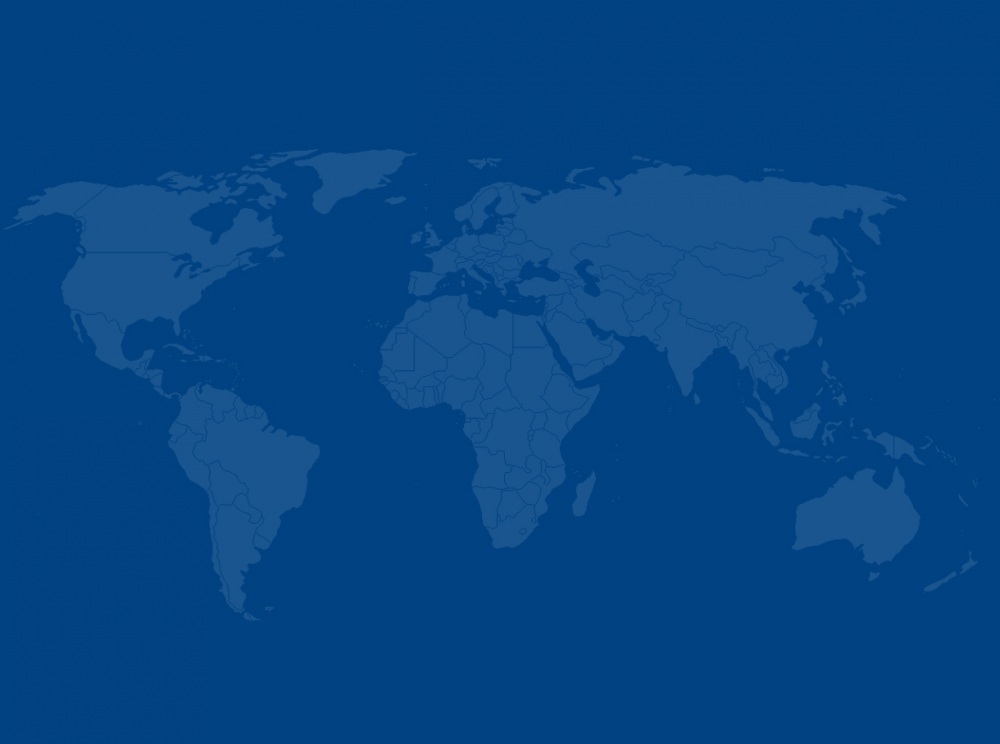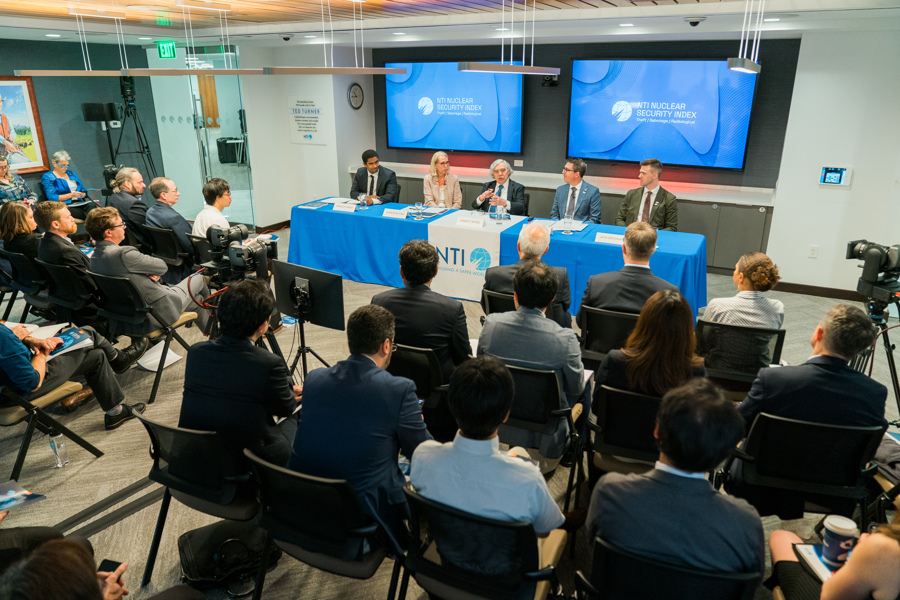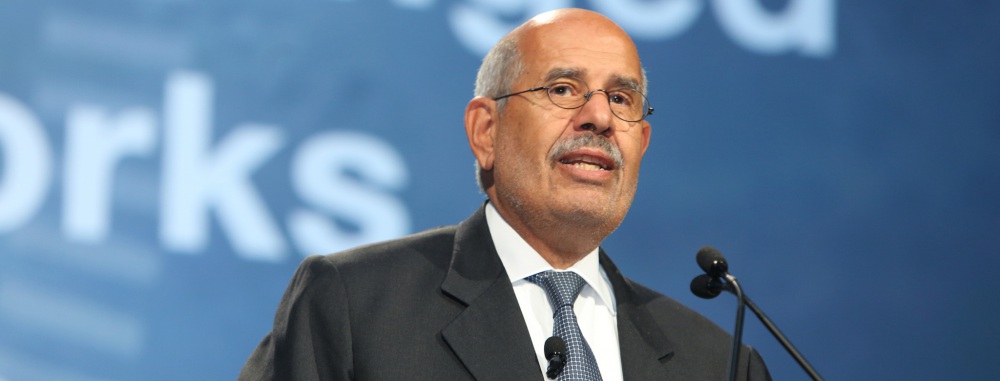
Des Browne
Vice Chair, NTI
Thank you, and good morning. I am delighted to have the opportunity to be a part of such an important and robust discussion about the opportunities for – and the challenges to – creating a more peaceful world.
Six years ago, Steve Killelea first introduced me to the Global Peace Index. Entirely out of the blue, he asked me to join a panel to discuss the 2010 Index finding at a launch event in London. Intrigued, and following the habit of a lifetime, I accepted because the proposition seemed “interesting.” Since then, I have been captivated by the work of the Institute for Economics and Peace and it efforts to confront the serious challenge of developing data to measure peacefulness and to identify the drivers of peace and the causes of violence.
So it’s an honor to be here today to mark the 10th anniversary of the Index, which has become an immensely valuable tool and resource for those working to understand what’s at the core of peaceful societies and working to build a more peaceful world.
Steve asked me today to discuss what I view as the key challenges to peace in the coming decade, as seen through the prism of my own work. Each of us here would have a different answer to that question, depending on our frame of reference. As the Peace Index shows, there are many factors at play – economics, crime rates, regional strife, government corruption and more. I can only answer Steve’s question as someone with a background in government and defense policy in the U.K. and through the lens of my current work as vice chairman of the Nuclear Threat Initiative here in Washington.
But before I come to that, and at the risk of oversimplification, I want to say a few words about the Global Peace Index 2016.
As reported extensively, the Global Peace Index 2016 shows a world that became less peaceful in the last year, continuing an underlying trend of declining peace, which has been the story of the last decade. While the most peaceful countries continue to improve, the least unfortunately continue to fall into greater conflict and violence.
In this deteriorating global environment, and despite the enormous economic cost of violence, the world continues to spend vast resources on creating, responding to and containing violence and its consequences – while, with the exception of an apparent renewed effort by countries to fund peacekeeping operations, spending very little on peace.
Turning back now to the lens of my current work on nuclear issues, for those unfamiliar with NTI, we are a small organization with a big mission: to reduce the growing risks posed by weapons of mass destruction and disruption – nuclear, biological, radiological, chemical, and cyber. As our name suggests, most of our work is around nuclear risks – and that is what I will focus on today, in the context of how those risks impact progress toward a more peaceful and secure world.
Just as the Global Peace Index finds contradictory trends – progress in some areas and disheartening setbacks in others – so it has been with addressing nuclear risks since the end of the Cold War a quarter century ago.
To be sure, there have been notable achievements in global efforts to reduce both the saliency of nuclear weapons and their numbers, to curb the spread of nuclear weapons and technologies, and to prevent terrorists from gaining access to the materials needed to build a nuclear weapon – something they have expressed a determination to do.
Most importantly, we have not seen a nuclear detonation in the 70 years since Hiroshima and Nagasaki – an outcome we can attribute to the difficult, careful, responsible work of leaders around the world – and to no small amount of luck.
I won’t list all the ways in which the world has made progress in reducing nuclear threats over nearly three-quarts of a century – just a few that have made news in recent years:
• The New START treaty between the United States and Russia, signed in 2010, added to strategic stability through a legally binding framework for arms reductions and verification of U.S. and Russian strategic nuclear forces.
• A set of global Nuclear Security Summits, led by President Obama, contributed to significant reductions in the number of countries with weapons-usable nuclear materials – the ingredients to build nuclear bombs — reducing the chances that extremist groups can get a hold of the world’s deadliest materials.
• The nuclear agreement with Iran was a positive step in preventing Iran from acquiring a nuclear weapon and launching a new round of proliferation across the Middle East.
These have been important steps forward, made just in the past several years. Unfortunately, there have been some significant setbacks as well – setbacks that increase nuclear risks and serve as an important reminder that even 70 years after the last detonation, we must not be complacent when it comes to the risk of nuclear catastrophe.
As John F. Kennedy said in 1961: “Every man, woman and child lives under a nuclear sword of Damocles, hanging by the slenderest of threads, capable of being cut at any moment by accident or miscalculation or by madness.”
For those of us who work in this field, it’s difficult to imagine a peaceful world when nations continue to invest in weapons capable of killing millions of people, when those weapons continue to be part of strategic deterrence constructs, and when the weapons and the materials to make them remain too vulnerable to theft or accidental launch.
Sadly, we are today in a period of stasis when it comes to cooperating on further arms reductions. The U.S. and Russia still hold 90% of global nuclear inventories and deploy thousands of nuclear weapons in a dangerous Cold War-era ready-to-launch posture, increasing the risk of a catastrophic accident or miscalculation based on a false warning generated by a computer glitch or even a cyber attack.
In addition, a comprehensive treaty banning nuclear tests remains unratified by a number of key nations, including the United States, and nearly 2,000 metric tons of highly enriched uranium and plutonium are spread across facilities in 24 countries and far too much of it is poorly secured and vulnerable to theft.
We also have nuclear technologies spreading to unstable countries, enormously costly and in many cases, unnecessary, modernization plans and weapon upgrades underway in a number of nuclear states with not nearly enough thought being given to the question of how much nuclear is enough.
It seems to me that the world should relearn the lessons of the Cold War and remember Ronald Reagan’s important admonition: “A nuclear war cannot be won and must never be fought,” he said in 1984. Of the United States and Russia, he added: “The only value in our two nations possessing nuclear weapons is to make sure they will never be used. But then would it not be better to do away with them entirely?”
There is no question that is a multi-generational challenge – but at NTI, we are working to lay the foundation for the kind of progress that one day will make a world without nuclear weapons possible – and that, I would argue, would be a vastly more peaceful world.
One of our key projects is a biennial Nuclear Security Index that uses thousands of indicators assesses nuclear security conditions across 178 countries as a way to hold countries accountable for the security of their nuclear materials, identifies areas that need improvement and prompts governments to take steps that are in the interest of both their own security and global security.
So we are acutely aware of the tremendous value of indices – and we know they are a labor of love.
The metrics, of course, have limitations, but indices are a valuable tool for measuring progress – and incentivizing efforts to make progress – on any given issue. As countries measured by NTI have learned, it’s not where you rank on the Index, it’s where you were last time that matters. Indices reinforce good behavior.
As a former policy maker in the U.K., I can attest to the value of metrics. In 2014, the Institute for Economics and Peace published the inaugural edition of the U.K. Peace Index, which found that the UK was significantly more peaceful than it was a decade before.
The 2014 U.K. Index gauged peace according to the levels of violent crime, homicide, public disorder, weapons crime and number of police. It revealed the largest decline in crime of all the European countries over that period.
In identifying the drivers of peace and causes of violence in the U.K., the 2014 Index provided evidence that poverty and lack of opportunity were the drivers most closely associated with violence.
From a public policy perspective, this gave ammunition to argue for greater emphasis on policies that placed emphasis on education and economic opportunity. After all, lack of peace cost the equivalent of 7.7% of the U.K.’s annual GDP.
For two days, the publication and commentary drove headlines in the media. The reasons for that varied – but today, perhaps the time has come again for looking at the way we use resources in the U.K.
I firmly believe in the Global Peace Index – in its’ as-yet unfulfilled potential and in its capacity to help policymakers and others recognize dangerous trends, so that they can put their efforts toward reversing them, and positive trends, so that they can be reinforced.
I appreciate the invitation to be a part of the important discussion here today, and I am grateful for your important work. At NTI, we are working every day to build a safer and more peaceful world – and I know you are, too. Your energy and commitment is needed – and your contribution is invaluable.
Thank you, again, to Steve – and thank you to all of you.
Sign up for our newsletter to get the latest on nuclear and biological threats.
“The bottom line is that the countries and areas with the greatest responsibility for protecting the world from a catastrophic act of nuclear terrorism are derelict in their duty,” the 2023 NTI Index reports.
Read Nobel Laureate and former IAEA Director General Mohamed ElBaradei's statement on the inauguration of the IAEA LEU bank facility in Kazakhstan.
The Nuclear Threat Initiative (NTI) and the Center for Strategic and International Studies (CSIS) Proliferation Prevention Program released a new report urging a sustainable and secure nuclear supply architecture.


